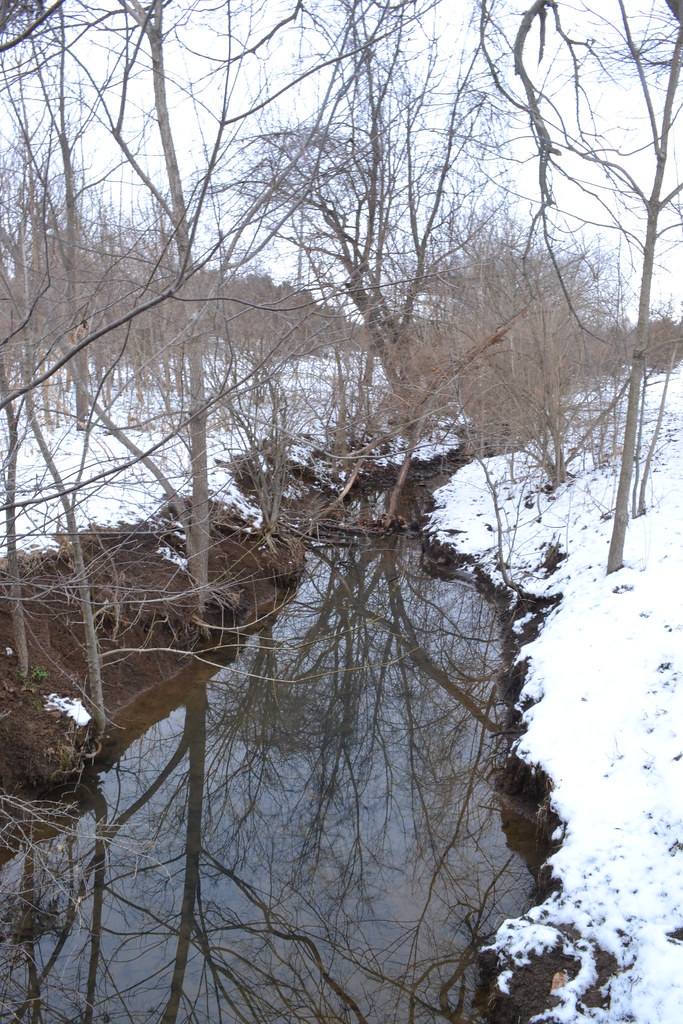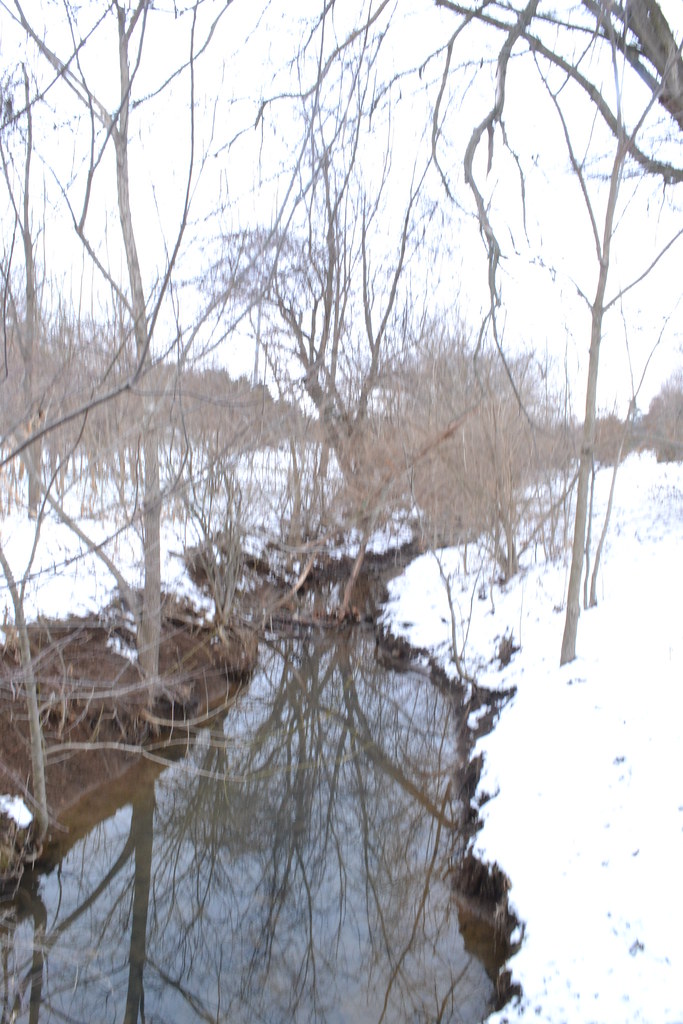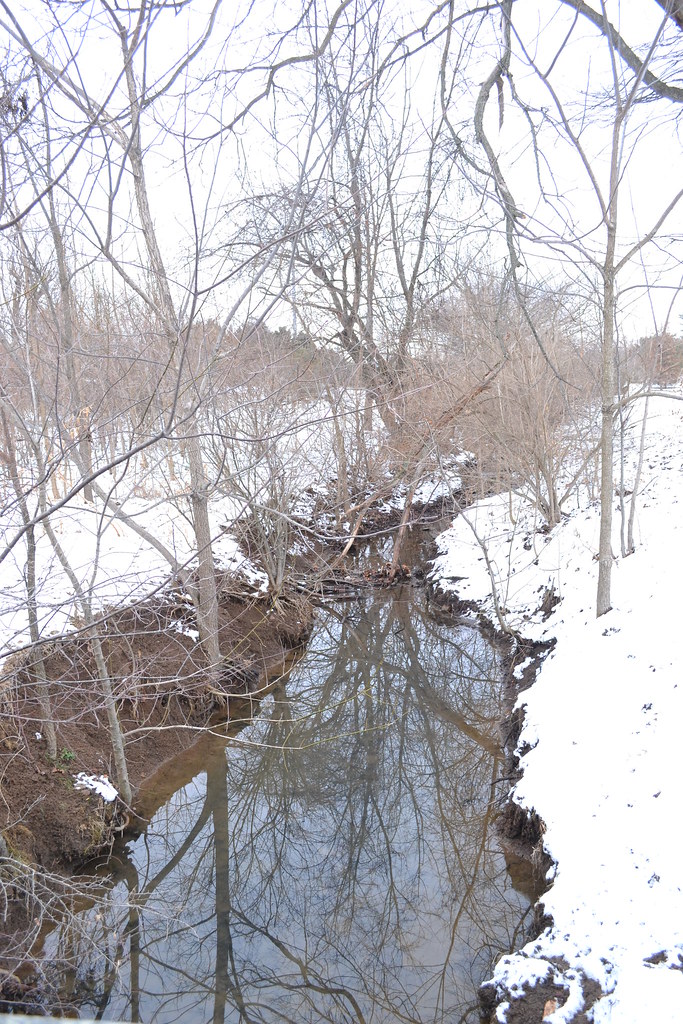White balance ensures that colors are unaffected by the color of the light source (Nikon D3100 User's Manual. 99% of the time my camera is set as AUTO, meaning white balance is automatically adjusted. However, the beauty of DSLR is that the photographer has the ability to control the color of the pictures depending on shooting light source. In this cloudy overcast winter situation, the Cloudy option would be ideal. This setting would bring out the "whiteness" of snow. White balance is also measured in "color temperature". Lower color temperature appears yellow or red while higher color temperature gives white and tinged with blue appearance. Cloudy setting has a 6,000k color temperature versus shade setting at 8,000k, and direct sunlight at 5,200k (depending on your camera). The setting of each white balance setting can also be fine-tuned.
I also used exposure compensation to make pictures appear brighter with +1 to +2 EV. I find this a great way to "add light" without using flash (more on flash use later). In other words, exposure compensation compensates for the lack of light source in shooting settings.
 |
| Cloudy setting with +2EV = Bright! f/5.6, 1/125, ISO 800 |
 |
Much better with +1EV. f/2.5, 1/250, ISO 800
|
 |
| No exposure compensation but still in cloudy setting f/22, 1/4, ISO 800 |
 |
+1EV. Blurry. f/22, 1/3, ISO 800
|
 |
Still at +1EV but with large aperture. f/6.3, 1/40, ISO 800
|
 |
+1EV. Washout evergreen. f/5, 1/20, ISO 800
|
 |
+0.7EV. Much better. f/4, 1/40, ISO 800
|
Tomorrow, my all-time super model. Oh and aperture.

No comments:
Post a Comment